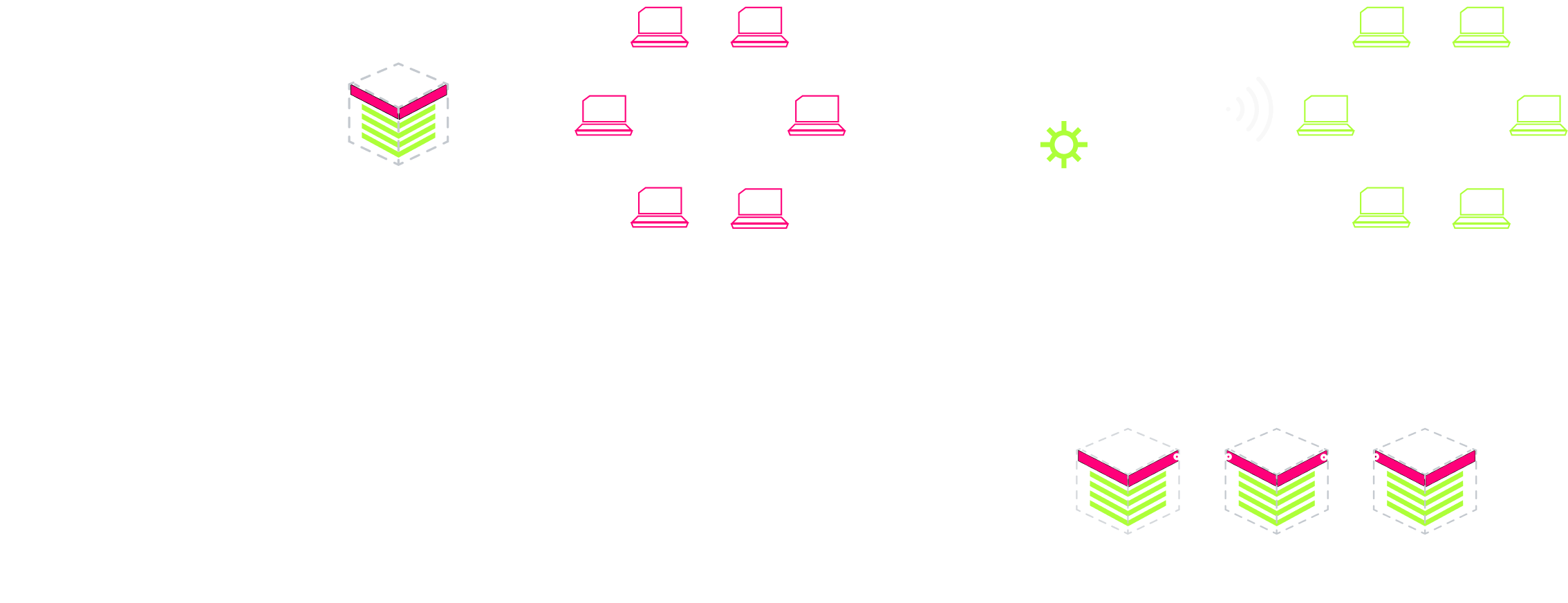The Blockchain Concept
Blockchain
Blockchain can be visualized as a digital notebook spread across countless computers worldwide, recording transactions - from monetary exchanges to contract signings. Anyone can view these entries, but once recorded, no one can alter them. This creates a decentralized, transparent, and tamper-proof system that can be used to record anything of value.

What is Blockchain?
Blockchain is a decentralized ledger technology (DLT) that operates in a peer-to-peer environment. It’s updated through a consensus mechanism and can execute smart contracts. The term “blockchain” gained popularity with the advent of Bitcoin in 2009.
Traditional blockchains like Bitcoin are limited in scalability, processing only 7 transactions per second, while Ethereum manages around 20. This limitation has led to the development of new-generation blockchains like Neo, focusing on scalability and flexibility.
 Blocks are added after network consensus
Blocks are added after network consensusNew Generation Blockchains
The new generation of blockchains, including Neo, Solana, and EOS, have introduced innovative consensus mechanisms, allowing thousands of transactions per second, comparable to traditional payment companies like VISA.
Unlike older blockchains, these new networks allow smart contracts to be written in familiar languages. Neo, for example, allows the use of C#, Python, Java, and Go. These blockchains also offer quicker block finality, with Neo providing single block finality, ensuring that transactions are considered finalized in a single confirmation.
Additionally, Neo incorporates native functionalities like a built-in Oracles system, a decentralized storage system, and a naming system called Neo Name Service. These features align with the increasing adoption of blockchain technology by individuals and enterprises looking for a secure and effective decentralized environment.
What is the Neo Blockchain?
The Neo blockchain, also called Neo Smart Economy, allows the execution of smart contracts using modern programming languages like C#, Java, Go, and Python. It uses a consensus mechanism called delegated Byzantine Fault Tolerance (dBFT), enabling high transaction speeds while maintaining decentralization. Neo can process up to 10,000 transactions per second, making it a scalable option.

It also provides one block finality, meaning the Neo network doesn’t fork. The Neo Virtual Machine offers extended capabilities using its Interop Layer, allowing the Neo Virtual Machine to run native code inside the blockchain. Neo also offers features like internet access using Oracles, decentralized file storage, and digital identity.
Video: What is Blockchain?
Want to know more? Watch the video to learn more about the blockchain concept, including insights into Neo’s unique capabilities.
